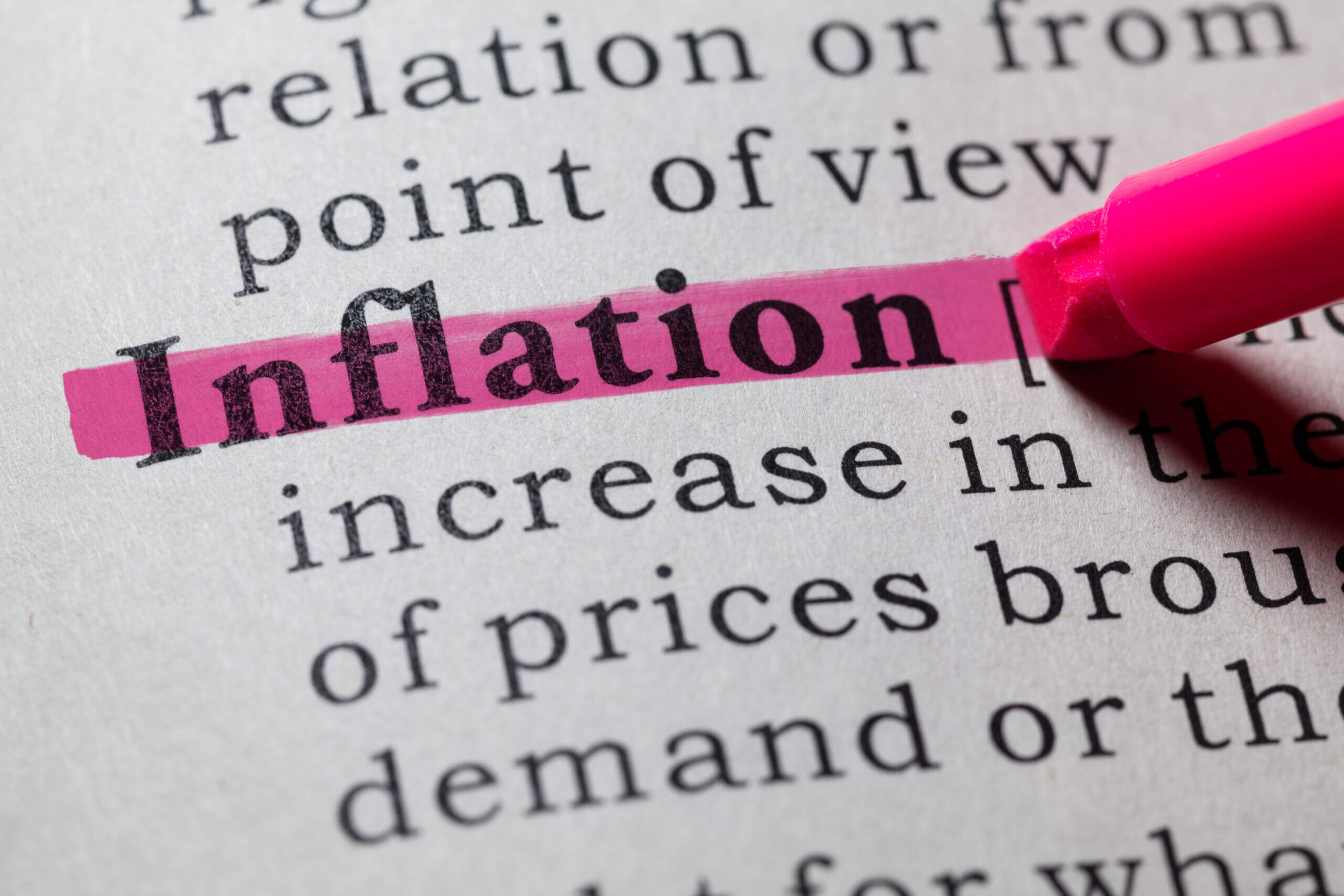New economic signs
In reaction to new economic indications, the Fed is poised to raise interest rates by a quarter-point.
The Federal Reserve will likely raise interest rates by three-quarters of a percentage point next week in response to a slowing economy and inflation that is showing indications of at least peaking, if not falling.
The markets flirted briefly last week with the notion of the central bank settling on a full percentage point.
However, economists at Goldman Sachs and others on Wall Street now anticipate that the Federal Open Market Committee will choose the lower amount, which will still represent the largest change since 1994.
Sunday’s client note from Goldman economist Ronnie Walker stated, “This lowering of inflation expectations is one reason why we anticipate the FOMC will not accelerate the near-term rising pace and will deliver a 75bp raise at the July FOMC meeting.”
If the Fed follows this course of action, it will return the target range for its overnight lending rate to 2.25 percent to 2.5 percent, where it was in late 2018.
Multiple central bank officials have expressed confidence in recent days that they will be able to raise interest rates by 0.75 percentage points at next week’s meeting.
However, they also left the door open for further advancement. According to CME Group data, as of Monday morning, markets were pricing in odds of almost 2:1 that the hike would be three-quarters of a percentage point, or 75 basis points.
Walker stated that a major input for the Fed will be the University of Michigan consumer mood survey released on Friday, in which five- to ten-year expectations decreased by 0.3 percentage points to 2.8%.
Inflation expectations jumped as a result of the Michigan poll in June, causing the Fed to scurry from a half-point rise to a three-quarters-point hike.

Goldman expects that decreased gasoline costs have contributed to the deterioration.
Walker wrote: “The decline in both household and market-based measures reflects a combination of lower gasoline prices — which markets expect to fall further in the near future, but our commodity strategists expect to rebound — and accelerated monetary policy tightening, which has also led to rising expectations of a recession.”
The Michigan data was released on the same day as a report indicating that June retail sales were slightly higher than anticipated, but still trailing inflation.
Christopher Waller, governor of the Federal Reserve, stated on Thursday that he will closely monitor the retail statistics and this week’s housing numbers before deciding whether to implement a 75- or 100-basis-point raise.
The report offered ammo for both sides.
Waller stated that he would be looking for demand to decline in reaction to Fed tightening, but the retail data indicated that consumers have been resilient despite increased interest rates.
Some Wall Street analysts continue to believe the Fed could opt for a one-percentage-point increase.
Aichi Amemiya, an economist at Nomura, commented, “A broad variety of incoming data… imply inflation has become more entrenched relative to the Fed’s projections, and that demand is too high relative to supply.”
As a result, we retain our view that the Fed will raise rates by 100 basis points in July, up from 75 basis points in June.
Indeed, several data indications indicate that inflationary pressures continue to exist.
The Atlanta Fed’s dashboard tracks many variables, all of which indicate persistently high inflation and the likelihood of a wage-price cycle in which worker pay and prices feed off of one another.
The central bank district’s “sticky-price” consumer price index follows goods whose prices do not fluctuate frequently.
This metric increased by a record 8,1 percent in June, based on data going back to 2012, and is suggestive of continuous and expanding inflation.
In addition, the Atlanta Fed monitors wage growth.
Its tracker increased by 6.7% in June, a record for a data set dating back to 1997.
Markets have been especially sensitive to the Fed’s many gyrations, and the confusion around June’s last-minute swing to a 75 basis point rise prompted accusations that the central bank was improvising its policy.
The head of global policy and central bank strategy at Evercore ISI, Krishna Guha, stated that pushing headline inflation higher with ever-larger units of rising and a backward-looking outcome-based criterion for stopping rate hikes is likely to end badly. “Therefore, if the Fed opts for a 100bp step, it will be crucial that it revises its game plan for what comes next.” The macroeconomic outlook and risk assets hinge on the strategy — or lack thereof — that emerges in July.
Furthermore, there is a school of thinking that holds that the Fed’s end game is more significant than the specific actions it makes.
The bond market is currently pricing in a recession based on the inversion between the 2-year and 10-year Treasury notes. A 2-year note yielding approximately 3.17 percent indicates that the Fed may not be as aggressive as the market believes. Futures pricing indicates that the fed funds rate will peak at 3.55 percent in early 2023.
Nicholas Colas, co-founder of DataTrek Research, wrote: “Whether the FOMC hikes interest rates by 75 or 100 basis points a week from Wednesday is considerably less crucial for stock prices than where markets expect the Fed will terminate the current rate hiking cycle.”
“The good news is that, for the first time since 2020, the markets believe the Fed’s anticipated course is excessively aggressive.
This might allow Chairman [Jerome] Powell and the Federal Open Market Committee to begin guiding down longer-term rate expectations if inflation begins to decline rapidly.”
